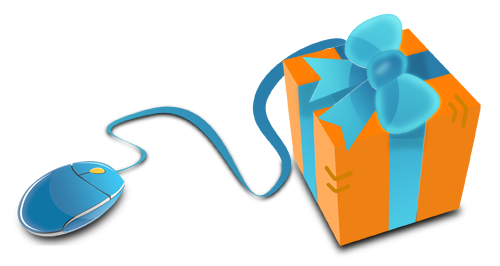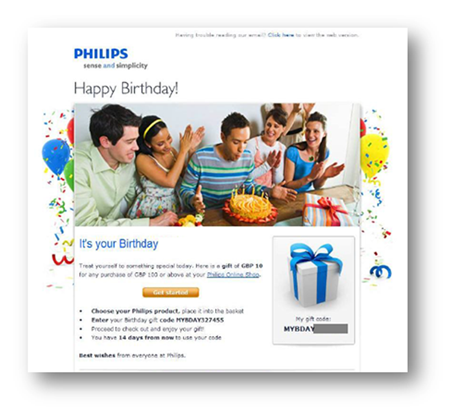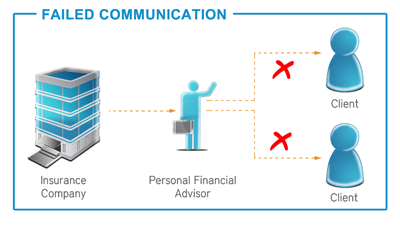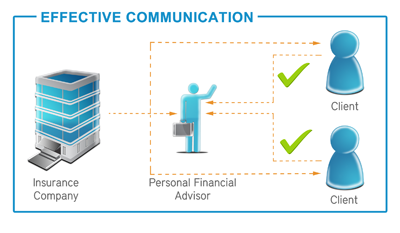As an email marketer, I know that birthday emails are triggered, event based communications. They’re a good opportunity to encourage customers to go in store, click through to the website or update their details.
It is however important to keep in mind that the end goal is to create valuable, long-term relationships with customers. A birthday wish from a friend who understands me and knows what’s important to me is priceless and this is what any good birthday email campaign should aspire to achieve.
With my wedding fast approaching, the birthday email that I got most excited about was one from a wedding planning website - “Happy Birthday, your last as a single woman…” This was easy to execute, as the sign-up required both birth and wedding date. It made such an impression that I referred all my friends to the site.
*My top tip: Create
a Birthday Email Experience that takes advantage of marketing and cross
selling opportunities but most importantly connects and relates to the
customer on a 'real' level.
*Source: Experian, the birthday and anniversary report

4 Ways to build a great Birthday email:
-
Set up your data collection with triggers in mind:
Birthday emails are a great way to launch a customer lifecycle communication programme. Birth dates are easy to include in sign-up or opt-in forms. -
Get the timing right:
Ensure that the data is correctly captured and send the email on your customer’s actual birthday. A friend would never forget my birthday or wish me the day before. I have never said "Happy Birthday month” to a friend either, but if your communication is based on birthday month, perhaps a birthday email series is more appropriate.
In addition to the actual birthday email, triggers in the series could be:
|
-
Be specific in your subject Line:
Be clear; include “Birthday” in the subject line, as this is likely to increase the open rate.
For these emails, personalisation is important. It indicates that the relationship with your customer already exists. Personalising the subject line makes subscribers feel valued.
Using special characters in subject lines is popular at the moment and Birthday emails present a nice opportunity to play with symbols in the subject line - being bold and celebratory will help these emails stand out in a crowded inbox. If your campaign includes a giveaway or discount, ensure you mention this in the subject line. -
Think about the design & how your email will be used:
It is of utmost importance to design birthday emails for mobile devices. If you include a voucher code or redeemable voucher, the customer is likely to take their mobile device in-store. Add to the convenience by designing appropriately so it renders well and think about including functionality that enables customer to send the code to their preferred mobile device.
Use design to celebrate with fun, festive images, bold colours and perhaps even an animated gif for impact. Animated gifs are not supported by all email clients, it will look great for those that do support it and for those that don’t, you could still allude to the animation by including a hint in the pre-header. “Go online to view the animation” or “Go online and unwrap” Don’t forget the fundamentals of email design, the discount, voucher number or offer - these should all be clear and readable without the use of images (as should any call to action).
Below is an example of a well designed email (in my opinion) from Philips. All the copy, including the voucher code can be read without having to download any images. The call to action is clear and easy to spot. The email is not cluttered, it’s simple and the use of colourful images makes the email feel fun and celebratory.
 Lifecycle
communications (such as birthday messages) that are personalized and
triggered on a special date or event are an important component in
engaging customers and increasing loyalty to your brand.
Lifecycle
communications (such as birthday messages) that are personalized and
triggered on a special date or event are an important component in
engaging customers and increasing loyalty to your brand. Get in touch with one of our email marketing experts and get it right.
Sheryl-Lynn Collins
striata.com



